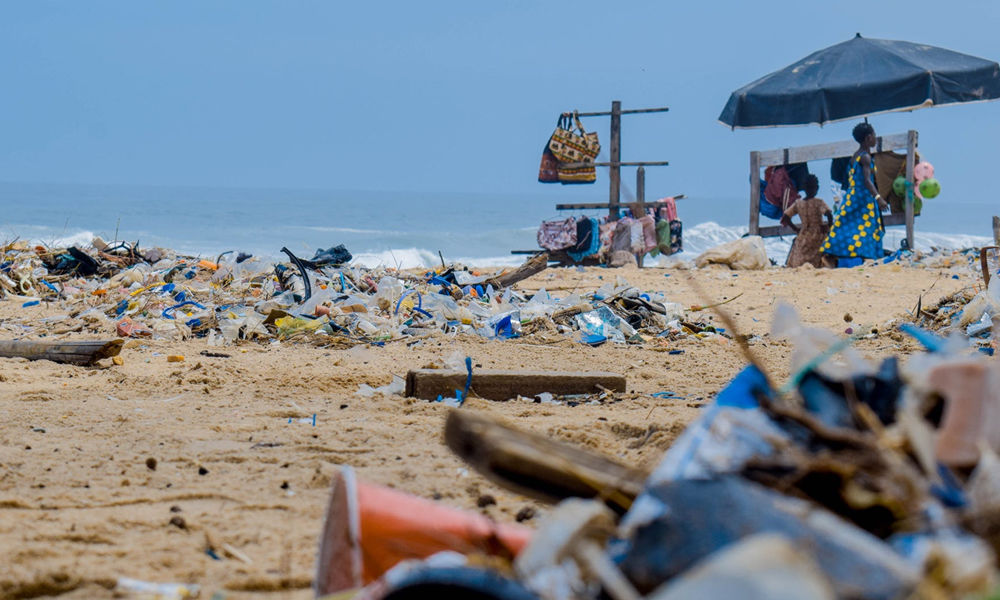For the first time, scientists have discovered the presence of the tiny particles of microplastics in human organs and tissues, said a study by the Arizona State University scientists.
While microplastics are plastics that are less than five millimetres in diameter, nanoplastics are less than 0.001 millimetres in diameter – as small as a fiftieth of the width of a human hair. Both are formed when large plastics, that were dumped into the environment, are broken down.
While previous studies have shown that plastic particles can be ingested by humans and animals, the latest study is the first to show that the plastic particles can also accumulate within human organs including the kidneys, liver and lungs.
Microplastic particles have been found in human organs for the first time! Microplastic pollution effects the entire planet. The best way to tackle the problem is to massively reduce the amount of plastic that’s being made and used.https://t.co/ARSPnjttLn
— Greenpeace UK (@GreenpeaceUK) August 17, 2020
‘You can find plastics contaminating the environment at virtually every location on the globe. In a few short decades, we’ve gone from seeing plastic as a wonderful benefit to considering it a threat,’ Charles Rolsky of the Arizona State University in Tempe, paper author and biologist, was quoted as saying by Dailymail.
‘There’s evidence that plastic is making its way into our bodies, but very few studies have looked for it there. At this point, we don’t know whether this plastic is just a nuisance or whether it represents a human health hazard,’ Rolsky added.
For the study, the scientists examined 47 samples of lung, liver, spleen and kidney tissue obtained from a repository established to study neurodegenerative conditions. The team developed a procedure to extract plastics from the tissues and could identify different particles from them, including polycarbonate, polyethylene and polyethylene terephthalate.
The researchers found that plastic contamination was present in every tissue sample they examined.
‘The tissue donors provided detailed information on their lifestyle, diet and occupational exposures. Because these donors have such well-defined histories, our study provides the first clues on potential micro- and nanoplastic exposure sources and routes,’ said paper author and environmental engineer Rolf Halden.
Also Read: Scientists Make Biodegradable Flip-Flops From Algae To Reduce Plastic Pollution In Oceans












